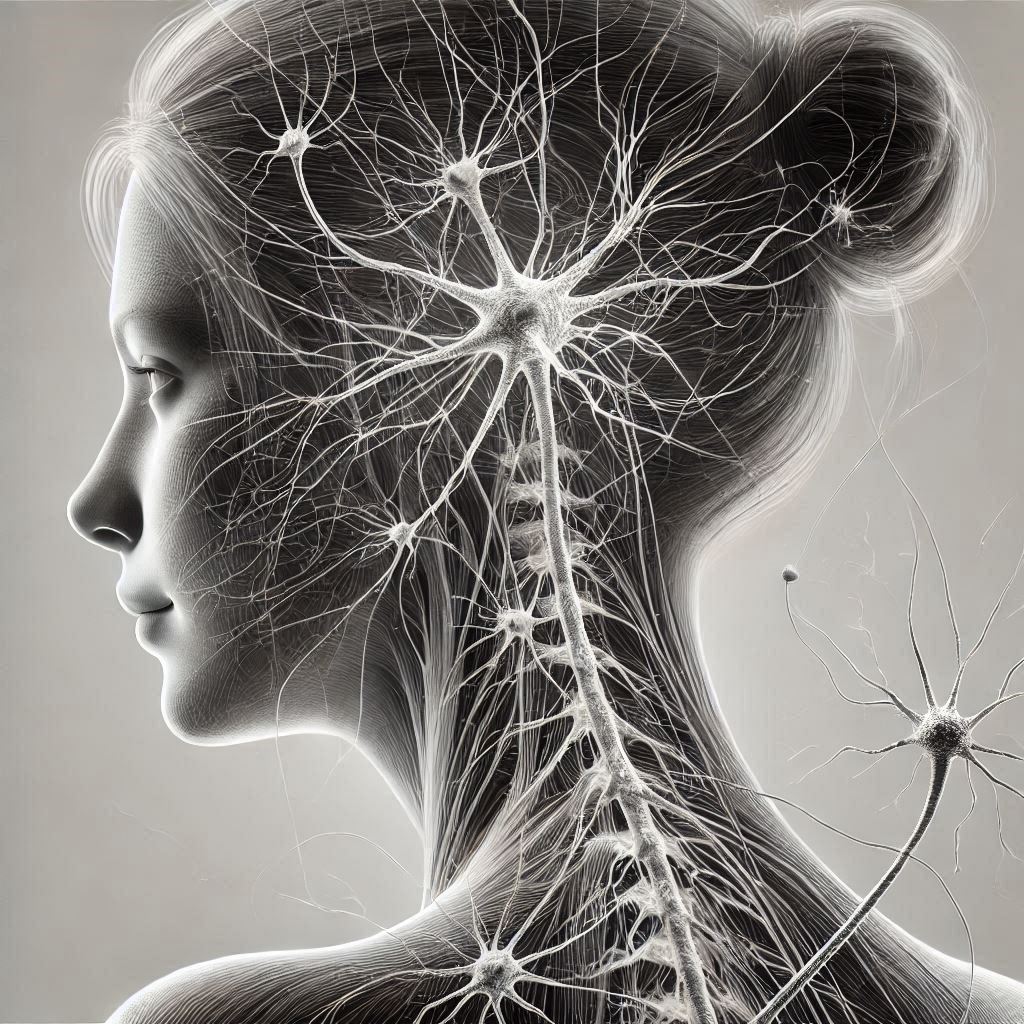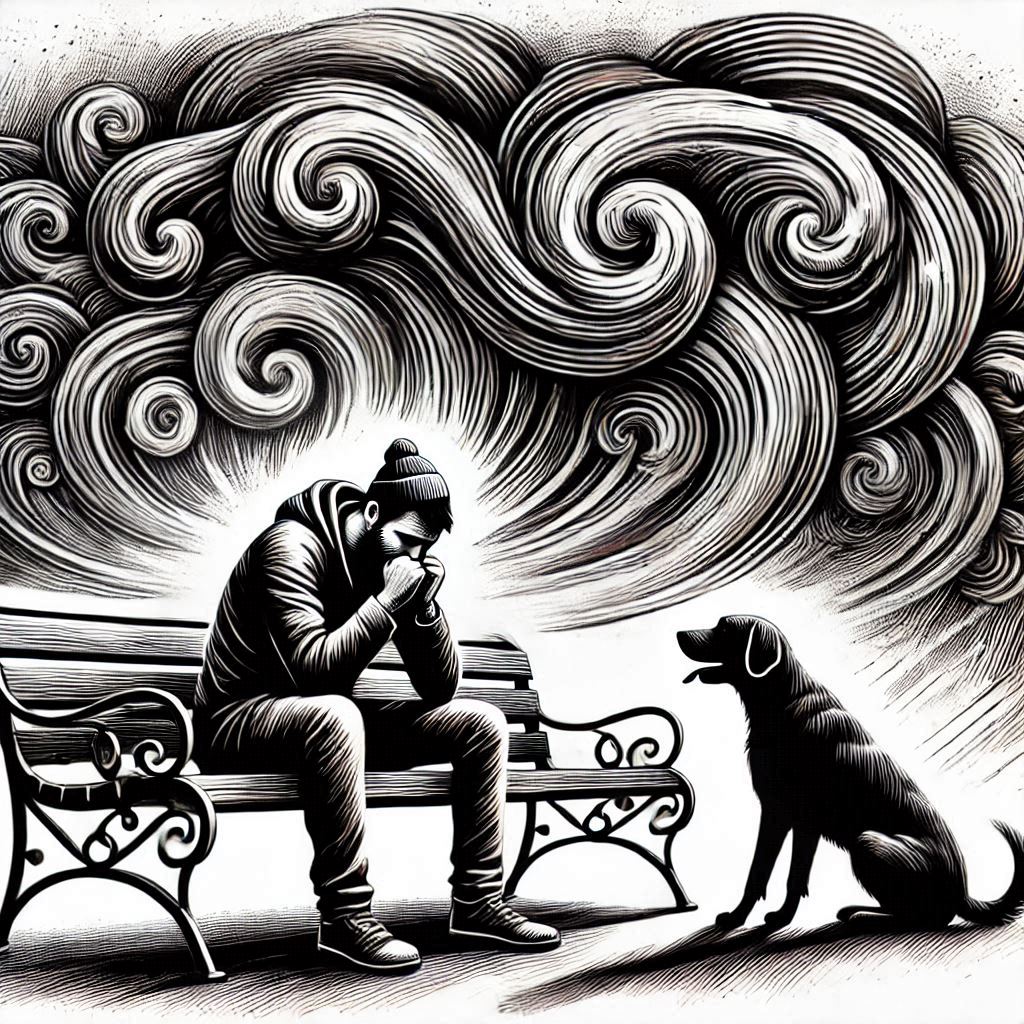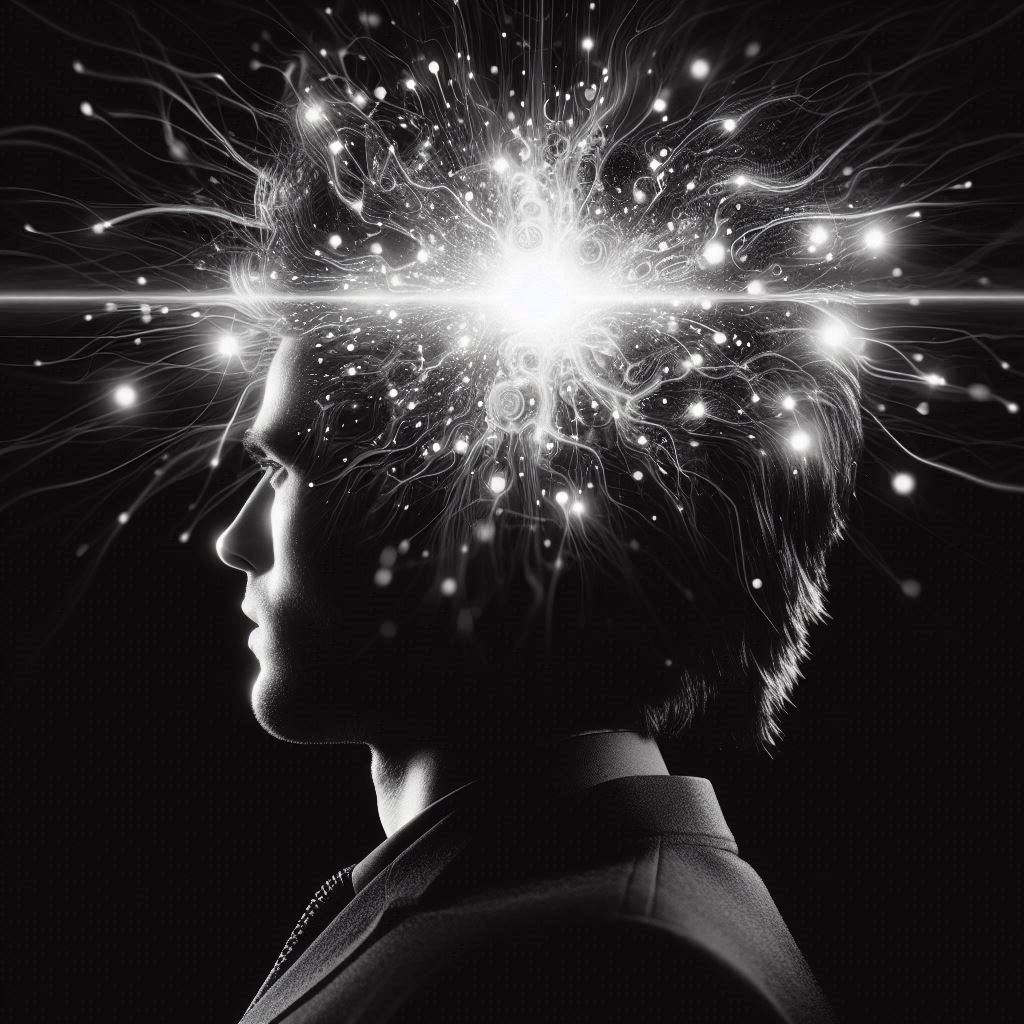Ever found yourself suddenly overwhelmed by a racing heart and a flood of fear but weren’t sure if it was an anxiety attack or a panic attack? While both can strike swiftly and with intensity, understanding their distinctions is crucial. Anxiety attacks usually emerge gradually, linked to a particular stressor, and while intense, they are less severe than panic attacks. On the other hand, panic attacks hit abruptly and with overpowering fear that can feel debilitating, often occurring without a clear trigger. This post delves into each to clarify the differences and help you navigate these challenging experiences.
Understanding Anxiety Attacks and Panic Attacks
Anxiety attacks and panic attacks are two distinct experiences often confused with each other due to their overlapping symptoms. Understanding the differences between them is crucial for effective management and support.
Definition and Overview
Anxiety attacks, also known as panic attacks, involve intense feelings of fear or distress that can manifest physically and emotionally. These episodes often arise in response to specific triggers or stressors, leading to a surge of overwhelming anxiety. Symptoms of anxiety attacks may include racing heart, sweating, trembling, and feelings of impending doom.
Panic attacks, on the other hand, are sudden and intense periods of extreme fear or discomfort that peak within minutes. Unlike anxiety attacks, panic attacks can occur unexpectedly without a clear trigger. Physical symptoms of panic attacks may include chest pain, shortness of breath, dizziness, and a sense of losing control.
Key Differences
- Onset and Duration: Anxiety attacks typically build up gradually in response to stressors, while panic attacks have a sudden onset and reach peak intensity within minutes.
- Triggers: Anxiety attacks are often triggered by specific situations or stressors, whereas panic attacks can occur out of the blue without an apparent cause.
- Intensity: While both anxiety and panic attacks can be distressing, panic attacks are usually more intense and may lead to a sense of impending doom or a fear of losing control.
- Physical Manifestations: Panic attacks often involve more pronounced physical symptoms like chest pain and shortness of breath compared to anxiety attacks, which may exhibit milder physical reactions.
Understanding the nuances between anxiety attacks and panic attacks is essential for individuals dealing with anxiety-related conditions and for those providing support and care to them.
For further information on distinguishing between anxiety attacks and panic attacks, you can refer to articles like Panic Attack vs. Anxiety Attack: How They Differ and Symptoms of Panic & Anxiety Attacks.
Symptoms of Anxiety Attacks
Anxiety attacks can bring about a range of symptoms that affect both the body and emotions. Understanding these symptoms is crucial in recognizing and addressing anxiety attacks effectively.
Physical Symptoms:
During an anxiety attack, individuals may experience various physical sensations, including:
- Rapid heartbeat: Feeling like your heart is racing or pounding.
- Shortness of breath: Having difficulty breathing or feeling like you can’t get enough air.
- Sweating: Noticing increased perspiration, even when not engaged in physical activity.
- Trembling or shaking: Hands, legs, or even the entire body might shake involuntarily.
- Dizziness or lightheadedness: Feeling unsteady or dizzy, as if you might faint.
- Muscle tension: Experiencing tightness or soreness in muscles, often related to stress.
Emotional Symptoms:
The emotional indicators associated with anxiety attacks can manifest in various ways, such as:
- Feeling of dread: A sense of impending danger or doom without a clear reason.
- Irritability: Becoming easily agitated or frustrated over small matters.
- Difficulty concentrating: Struggling to focus or maintain attention on tasks.
- Restlessness: Feeling on edge or unable to relax, even in calm situations.
- Fear of losing control: A pervasive fear of losing control over oneself or the situation.
These symptoms can vary from person to person and may occur in different combinations and intensities. It’s essential to seek support and professional guidance if you or someone you know experiences these symptoms regularly to manage anxiety effectively.
For more in-depth information, you can refer to reputable sources like WebMD and Mayo Clinic.
Symptoms of Panic Attacks
Panic attacks are characterized by a sudden onset of intense fear and anxiety that can be overwhelming. Understanding the symptoms associated with panic attacks is crucial in identifying and managing these episodes effectively.
Distinctive Features
- Sense of Impending Doom: Individuals experiencing a panic attack often feel a deep sense of impending disaster or dread without a clear cause.
- Physical Symptoms: Rapid, pounding heart rate, sweating, trembling or shaking, and shortness of breath are common physical manifestations during a panic attack.
- Fear of Losing Control: A prevalent symptom is the fear of losing control or going crazy, which can further exacerbate the anxiety during an attack.
- Chest Pain: Chest tightness or pain is a notable physical sensation that can accompany a panic attack, often leading to increased distress.
Intensities and Triggers
Panic attacks can vary in intensity from individual to individual. Some may experience mild episodes that last for a short duration, while others may face severe attacks that significantly impact daily functioning. Triggers for panic attacks can be diverse and may include stress, certain phobias, traumatic events, or even specific situations that provoke anxiety.
Understanding the distinctive symptoms and triggers of panic attacks is essential in recognizing and effectively managing these overwhelming episodes. Seeking support from healthcare professionals and implementing coping strategies can significantly improve the management of panic attacks.
Causes and Triggers
Anxiety attacks and panic attacks can be triggered by various factors, impacting individuals differently. Understanding the causes and triggers of these attacks is crucial in managing and coping with the associated symptoms effectively.
Anxiety Attacks
Anxiety attacks, often referred to as panic attacks, can stem from a combination of genetic predisposition and environmental stressors. Common causes of anxiety attacks include:
- Stress Buildup: Accumulated stress from significant life events or ongoing stressful situations can trigger excessive anxiety levels.
- Genetic Predisposition: Individuals with a family history of anxiety disorders may have a higher risk of experiencing anxiety attacks.
- Traumatic Experiences: Past traumas, such as emotional, physical, or sexual abuse, can contribute to the development of anxiety disorders.
- Health Conditions: Underlying health issues or chronic illnesses can exacerbate feelings of anxiety and increase the likelihood of anxiety attacks.
To effectively manage anxiety attacks, it is essential to identify personal triggers and adopt coping mechanisms that can help mitigate the impact of these triggers.
Panic Attacks
Panic attacks are sudden episodes of intense fear and anxiety, characterized by overwhelming physical and emotional symptoms. The underlying causes and triggers of panic attacks may include:
- Genetic Factors: Studies suggest a potential genetic component in the development of panic disorder, with a higher risk among individuals with affected family members.
- Major Stressors: High levels of stress, whether related to work, relationships, or personal life, can precipitate panic attacks in susceptible individuals.
- Phobia-Related Triggers: Individuals with specific phobias may experience panic attacks when exposed to their phobia triggers, leading to heightened anxiety responses.
- Physical and Psychological Factors: A combination of physiological vulnerabilities and psychological factors can contribute to the onset of panic attacks.
Identifying triggers specific to panic attacks is vital for implementing tailored strategies to manage symptoms and reduce the frequency of these distressing episodes.
For more in-depth information on anxiety disorders and panic attacks, you can refer to reputable sources like the Mayo Clinic and the Cleveland Clinic.
Diagnosis and Treatment
When facing symptoms of anxiety or panic attacks, knowing when to seek professional help is crucial for effective management. Here’s a guide on when to consider professional assistance for dealing with anxiety or panic attacks:
Seeking Professional Help
- Persistent Symptoms: If you experience persistent feelings of fear, worry, or apprehension that interfere with daily life, seeking professional help is advisable.
- Impact on Daily Activities: When anxiety or panic attacks significantly impact your ability to work, study, or maintain relationships, consulting a mental health professional is essential.
- Physical Symptoms: Seek help if you encounter physical symptoms such as chest pain, shortness of breath, dizziness, or excessive sweating during episodes.
- Recurring Episodes: If anxiety or panic attacks occur frequently and lead to distress or avoidance of certain situations, it’s important to reach out for guidance.
When it comes to addressing anxiety and panic attacks, various therapeutic approaches exist to help individuals manage their symptoms effectively. Here’s an outline of treatment options and therapies available:
Therapeutic Approaches
- Psychotherapy: Cognitive-behavioral therapy (CBT) is a common and effective approach for treating anxiety and panic attacks. It helps individuals recognize and change negative thought patterns and behaviors.
- Medication: Antidepressants, anti-anxiety medications, and beta-blockers are often prescribed to alleviate symptoms of anxiety and panic attacks. It’s essential to consult a healthcare provider for proper medication management.
- Lifestyle Changes: Engaging in regular physical activity, practicing relaxation techniques such as deep breathing or meditation, and maintaining a healthy diet can complement other treatment methods.
- Support Groups: Joining support groups or therapy sessions for individuals dealing with anxiety or panic attacks can provide a sense of community and understanding, enhancing the overall treatment process.
By combining appropriate professional help, therapeutic interventions, and self-care strategies, individuals can effectively manage anxiety and panic attacks, leading to improved well-being and quality of life.
Living with Anxiety and Panic Attacks
Living with anxiety and panic attacks can be challenging, but there are effective strategies to help manage these conditions. Here are some self-care tips and the significance of support systems in coping with anxiety and panic attacks.
Self-Care Strategies
Self-care is crucial for individuals dealing with anxiety or panic attacks. Here are some self-care tips that can help alleviate symptoms and improve overall well-being:
- Practice Deep Breathing: Deep breathing exercises can calm the mind and body during a panic attack.
- Engage in Physical Activity: Regular exercise can reduce stress and anxiety levels.
- Maintain a Healthy Diet: Eating nutritious foods can positively impact mental health.
- Get Sufficient Sleep: Prioritize a good night’s sleep to support mental and emotional resilience.
- Practice Mindfulness: Techniques like meditation and yoga can promote relaxation and mindfulness.
For more detailed self-care strategies, you can explore Panic Attacks: 7 Self-Care Strategies and 4 Self-Care Tips for How to Deal with Anxiety.
Support Systems
Having a strong support system is essential for managing anxiety and panic attacks. Support from friends, family, or mental health professionals can make a significant difference in coping with these conditions. Here’s how support systems can aid individuals:
- Provide Emotional Encouragement: Supportive individuals can offer emotional comfort during difficult times.
- Offer Practical Assistance: Support systems can assist in seeking professional help or managing daily tasks.
- Enhance Coping Skills: Sharing experiences and coping mechanisms can improve mental health resilience.
- Reduce Social Isolation: Interacting with a supportive network can alleviate feelings of loneliness and isolation.
To learn more about the importance of support systems, you can refer to The Importance of Having a Support System and Helping someone with anxiety and panic attacks.
Conclusion
Understanding the differences between an anxiety attack and a panic attack is crucial for anyone looking to manage these conditions effectively. Anxiety attacks generally build gradually, stemming from worry or stress, and are less intense than panic attacks. Meanwhile, panic attacks occur suddenly and involve an intense, overwhelming fear that can feel debilitating. Recognizing these distinctions helps not only in self-management but also in seeking appropriate support and treatment.
Since the symptoms can overlap, it’s vital to communicate clearly with healthcare professionals about the experiences you’re facing. Effective treatment and coping strategies can significantly improve quality of life, empowering you to navigate these challenges with greater confidence and control. Keep learning about your symptoms and reach out for help—managing anxiety and panic is entirely possible with the right resources and support.








